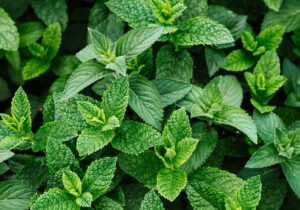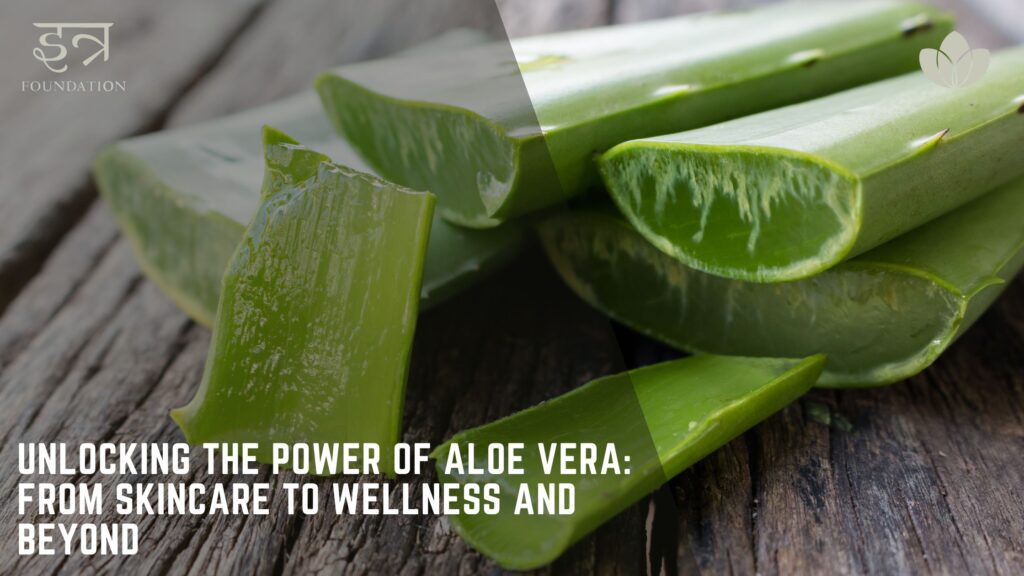Mint, also known as Pudina in India, is a versatile herb that has been used for centuries in cooking, medicine, and aromatherapy. The plant belongs to the Lamiaceae family and is native to the Mediterranean region and Asia. It is known for its refreshing and invigorating aroma, and it is used in a variety of ways, from flavoring food and drinks to providing relief from various health conditions. In this blog post, we will explore the different types of mint commonly found in India, their uses, and the health benefits of Indian Pudina, specifically.
Overview of the different types of mint commonly found in India


Brief history and cultural significance of mint
The history and cultural significance of mint are rich and deep-rooted. For centuries, the herb has been utilized both for its medicinal properties and as a flavorful ingredient in Indian cuisine. In Ayurvedic medicine, Pudina is recognized for its cooling properties and is used to treat an array of ailments such as indigestion, headaches, and fever. It is a key ingredient in various Indian dishes like chutneys, raitas, and curries and even garnish. Pudina pani, a mint-based drink is a popular summertime refreshment. Pudina leaves are also added to dishes to enhance their aroma.
Health Benefits of Indian Pudina
Pudina is rich in vitamins, minerals, and antioxidants and has been found to have a variety of health benefits. Some of the most well-known health benefits of Pudina include its anti-inflammatory properties, which can help to reduce pain and swelling. Pudina has also been found to aid digestion, which can help to alleviate symptoms of indigestion and bloating. Pudina has also been found to have anti-bacterial properties, which can help to protect against bacterial infections. Additionally, Pudina is also found to be rich in Vitamin A and Vitamin C which can help to boost immunity.
In traditional Indian medicine, Pudina leaves are used to make a paste and applied topically to alleviate the pain and inflammation caused by insect bites and stings. Pudina oil is also used in aromatherapy to help relieve stress and tension.
Scientists have also conducted studies on Pudina and its health benefits. A study conducted found that Pudina extract has anti-inflammatory properties and can be used as a natural remedy for the treatment of osteoarthritis. Another study found that Pudina extract can help to lower blood sugar levels in people with diabetes. Overall, Pudina has a wide range of health benefits and has been used for centuries in traditional Indian medicine and cuisine.
How it can be incorporated into a healthy diet and how to cook with it


Pudina, also known as mint, is a versatile herb that is commonly used in Indian cuisine. It is known for its refreshing flavor and aroma and is used in various dishes, from chutneys and raitas to curries and marinades. Pudina is a great way to add flavor and nutrition to your meals. It is low in calories but high in vitamins and minerals, making it a healthy addition to any diet.
In Indian cuisine, Pudina is often used to make chutneys and raitas, which are popular side dishes that are served with rice and bread. These dishes are made by blending Pudina leaves with other ingredients such as yogurt, ginger, and spices, to create a flavorful and healthy condiment. Pudina is also commonly used as a garnish, adding a fresh and aromatic touch to dishes.
Pudina is also known for its nutritional value. It is a good source of vitamins A, C, and K, as well as minerals like calcium and iron. It also contains small amounts of antioxidants and other beneficial compounds. Incorporating Pudina into your diet can help boost your immune system and support overall health.
Cooking with Pudina is easy and versatile. It can be added to marinades for meat and seafood, can be blended into sauces and dips, and can be used to flavor soups and stews. Pudina can be used in many different ways in the kitchen, adding a refreshing and unique flavor to your dishes. There are many different Pudina recipes available online, you can explore and try making them at home.
Conclusion
In conclusion, Indian Pudina, also known as mint, is a versatile herb with a rich history and cultural significance in India. It has a wide range of health benefits, including anti-inflammatory properties and aiding in digestion. Pudina is also commonly used in Indian cuisine, adding flavor and nutrition to dishes. It is important to note that Pudina cultivation faces challenges and it is crucial to support sustainable farming practices. By incorporating Pudina into our daily lives, not only do we enjoy its health and culinary benefits, but also support sustainable farming practices. We encourage readers to try incorporating Pudina into their diet and lifestyle and to support sustainable Pudina farming in any way they can.






